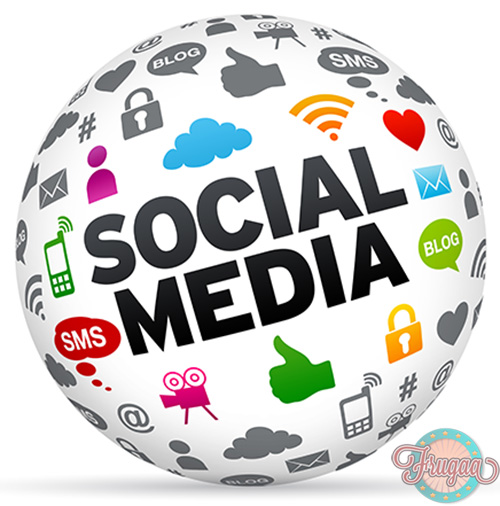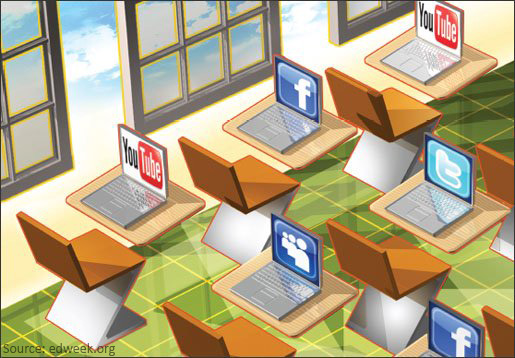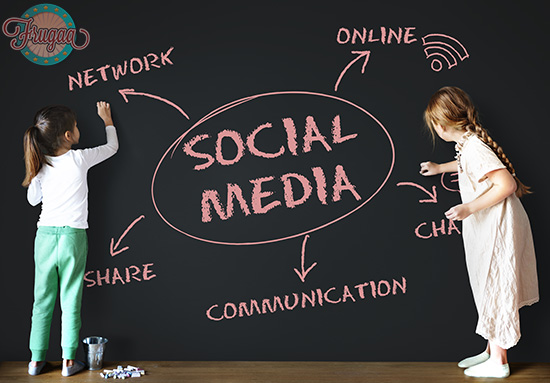Social Media’s Benefits For Education In Schools
School and technology are two concepts that some might not see them as a proper combination. Social media have received many criticisms and in many cases, it has been seen as a negative influence on the young generation. However, social media could be a beneficial environment for students if they are correctly educated and supported. The basic requirement for keeping children and young people safe online is to ensure that they receive proper education on how to use the tools and services accordingly.Therefore, it is essential that schools include social media in learning, in order to motivate/educate students, but also to improve teaching. In fact, some states started taking actions regarding this matter. New Jersey became the first US state and the first state on the planet where training on social media is compulsory by law.

Unfortunately, lack of funds and teachers who are not always willing to change their habits, are two of the main reasons that hinder a possible development of the school into a digital direction. A school that adopts a 90’s teaching style, does not help anyone, especially not the students who are “born” between technology and social medias. Even without funding, there are some things that teachers can do without excessive efforts to introduce social networks in their classrooms and in their relationship with the students. This will not only encourage young people to become actively involved, but it would also create online communities among students who would not exist in the real life.
Examples of this come from the teacher Anna Divinsky (Penn State University) who has created an online course on iTunes where students are encouraged to evaluate the work of others and create online communities for discussion and analysis.Twitter Facebook and LinkedIn are also propitious digital environments that could allow schools create communities where lessons could be shared, explained or help students form larger networks. Students can receive a set of rules in order to safely and usefully guide their work. Additionally, they can receive & share information on the subjects, they can post work resolved, they will communicate with each other or with the teacher, but only in matters directly related to the subject.

Another important method that could improve students’ academic performance and learning (i.e. writing and communication skills) is by encouraging them creating a blog. Writing daily on a topic of their choice will encourage students to read more articles, search more sources of information and to become more curious. In this way, not only they are “forced” to be constantly updated, but also they become more and more experienced in managing the digital language.
In addition to this, the use of social platforms like Facebook in the classroom can have a “relational value”. The social media is then seen as a facilitator in the construction and maintenance of the pupil-teacher relationship, including the educational aspect linked to the image that the educator forms. Nevertheless, the social media approach also allows another fundamental change to the general relations between the teacher and the family of the student.
If we think about it, this offers parents more access and understanding of the school activities, child’s performance with important positive outcomes in terms of confidence, control and legitimacy. More interestingly, Facebook provides a free publication in pdf of about 20 pages called “Facebook for teachers”, created by experts from Facebook and psychologists from Pepperdine and Stanford University. There are present detailed recommendations on how to use the Facebook at school, based on seven modes:

-
1. Help develop and adhere to the school policy regarding Facebook.
2. Encourage students to follow the Facebook guidelines.
3. Stay up to date on security settings, and Facebook privacy.
4. To promote good citizenship in the digital world.
5. Use the functions Pages and Facebook Groups to communicate with students and parents.
6. Embrace the digital learning styles, social, mobile and “always online” of the 21st century students.
7. Use Facebook as a resource for professional development.
The success of this change relies in school’s management and involvement. The online communities should be daily checked, maintained and updated by teams who are passionate about subjects, who have a strong knowledge of the activities and great personal and communication skills. The reason why this matters is because students’ engagement will be determined by the content and the interaction with the staff.
The new generation needs new teaching and learning strategies opposed to the traditional models and reverse the roles, allowing young people to communicate and collaborate, to provide authentic and open audience for their work.
Globally, many countries are trying to create such learning environments. This means that, by adopting the use of social media tools for learning and teaching, we can begin to build a trend that can contribute to reforming the school system.
